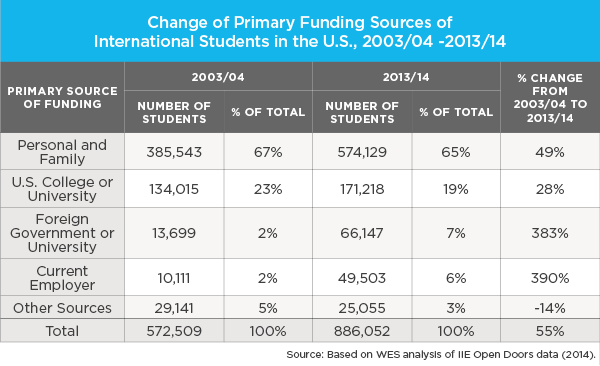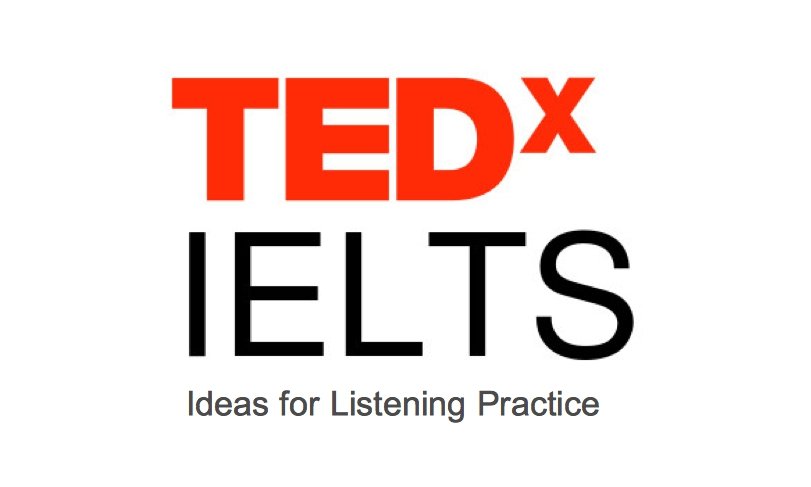IELTS Writing Task 2: Question
One of the most common question types in Task 2 asks you to agree or disagree with a statement. Read this statement about cars and decide if you agree or disagree.
The car is a disastrous 20th Century invention that has made the world’s cities more dangerous and polluted, as well as being responsible for the deaths of millions of people in accidents.
Do you agree or disagree?
IELTS Writing Task 2: Model Answer
The car has certainly had some negative publicity in recent decades. Automobiles have been blamed for many of the problems that affect our cities, such as air pollution, traffic accidents, and the disappearance of traditional communities. Although the statement is a controversial one, I have to agree that the automobile has been a disastrous invention.
First, there is no doubt that cities have been transformed by cars, with mostly negative consequences. The streets of most European cities, for example, were built long before the invention of the automobile and were never designed for heavy traffic. As a result, we see narrow roads crowded with vehicles, while pedestrians are restricted to pavements for their own safety. The fact that some cities have banned cars and pedestrianised their urban centres is a clear indicator that automobiles pose a danger to our cities.
Furthermore, in both urban and rural areas, cars have proved deadly to human beings. Not only are thousands of people killed each year in road accidents, but there are also long-term health problems caused by vehicle emissions. The automobile industry has tried to respond to both problems with the development of car safety features and cleaner engines, but even these gains are offset by the increasing number of people worldwide who want to drive. Therefore, it is no exaggeration to say that the cult of vehicle ownership has become a monster beyond our control.
In conclusion, despite widespread advertising that tries to persuade us that cars bestow status and freedom, the truth is actually that cars have been detrimental to our lifestyles and communities for many decades. Historians in the future may look back on our time and wonder why we allowed such a dangerous and inefficient form of transportation to persist unchecked. I look forward to the day when viable alternatives replace automobiles once and for all.
(308 words, IELTS 9.0)
Why does this IELTS Writing Task 2 answer get a Band 9 score?
Task response: The writer states clearly if they agree or disagree with the question (bold). The body paragraphs support the writer’s opinion with fully developed reasons. The model answer is at least 250 words.
Coherence and cohesion: The model answer is logically divided into paragraphs. Each paragraph is related to the writer’s opinion. Sentences are linked by connectives (underlined) which make the argument easy for the reader to follow.
Lexical resource: The model answer uses a wide range of relevant vocabulary including several synonyms for ‘car’ (automobile, vehicle). Less-common adjectives such as ‘detrimental’ and ‘controversial’ are used to frame the topic. There are many examples of good collocation such as ‘pose a danger’ and ‘viable alternatives’.
Grammatical range and accuracy: The model answer includes many examples of complex sentences with no grammatical errors.
Teacher’s Notes
 You may be surprised at the strong opinions expressed in this essay. However, I recommend that you also try to write in this way. IELTS examiners usually prefer it when a candidate has a strong opinion, rather than tries to write a well-balanced essay. This is because well-balanced essays are more difficult to interpret. Whether you agree or disagree, try to make your position very clear.
You may be surprised at the strong opinions expressed in this essay. However, I recommend that you also try to write in this way. IELTS examiners usually prefer it when a candidate has a strong opinion, rather than tries to write a well-balanced essay. This is because well-balanced essays are more difficult to interpret. Whether you agree or disagree, try to make your position very clear.





















